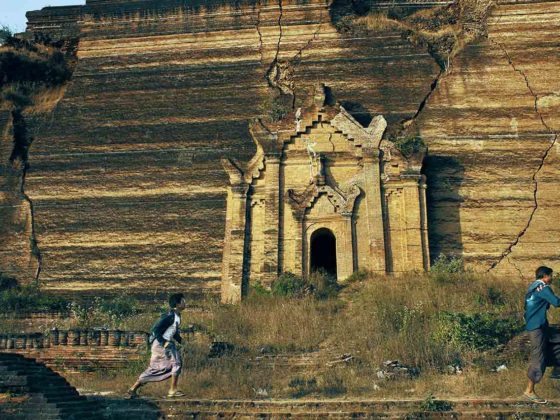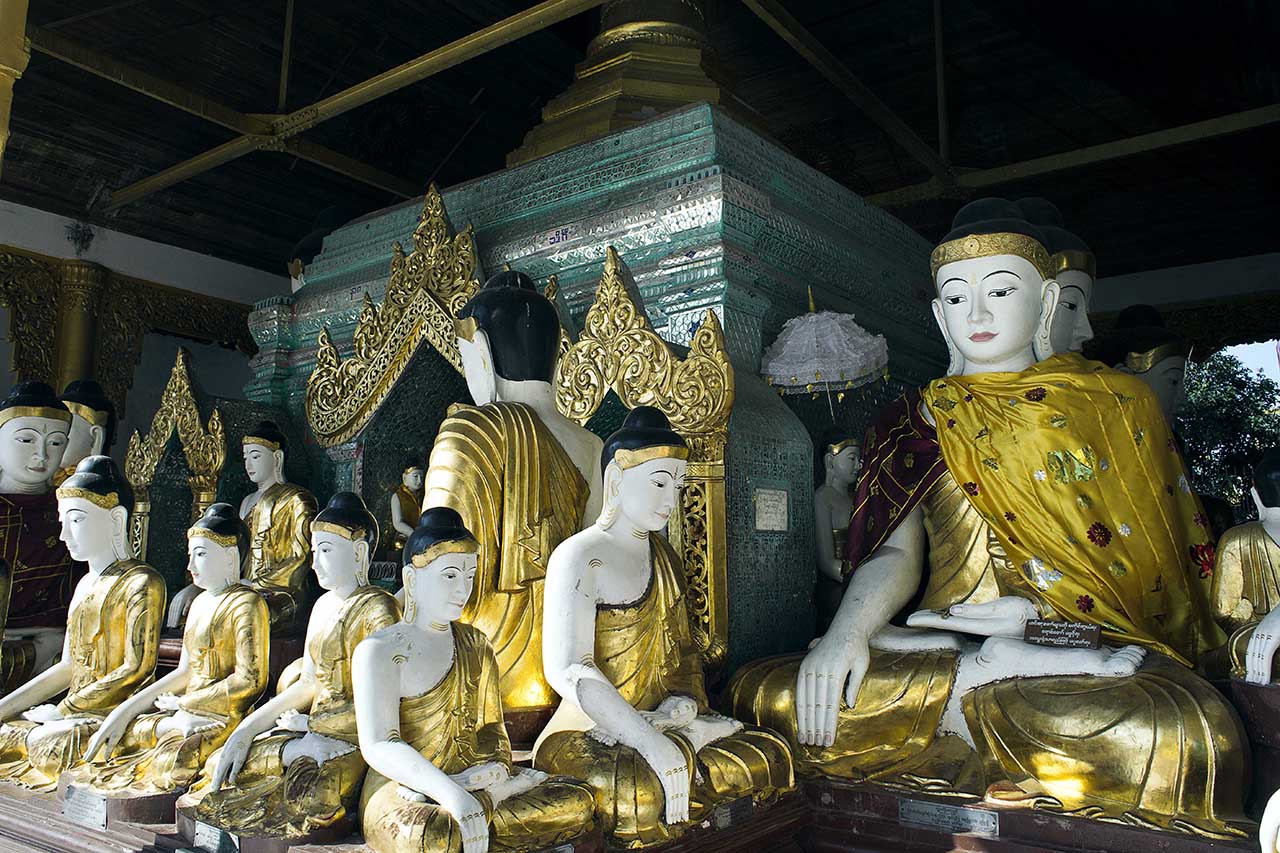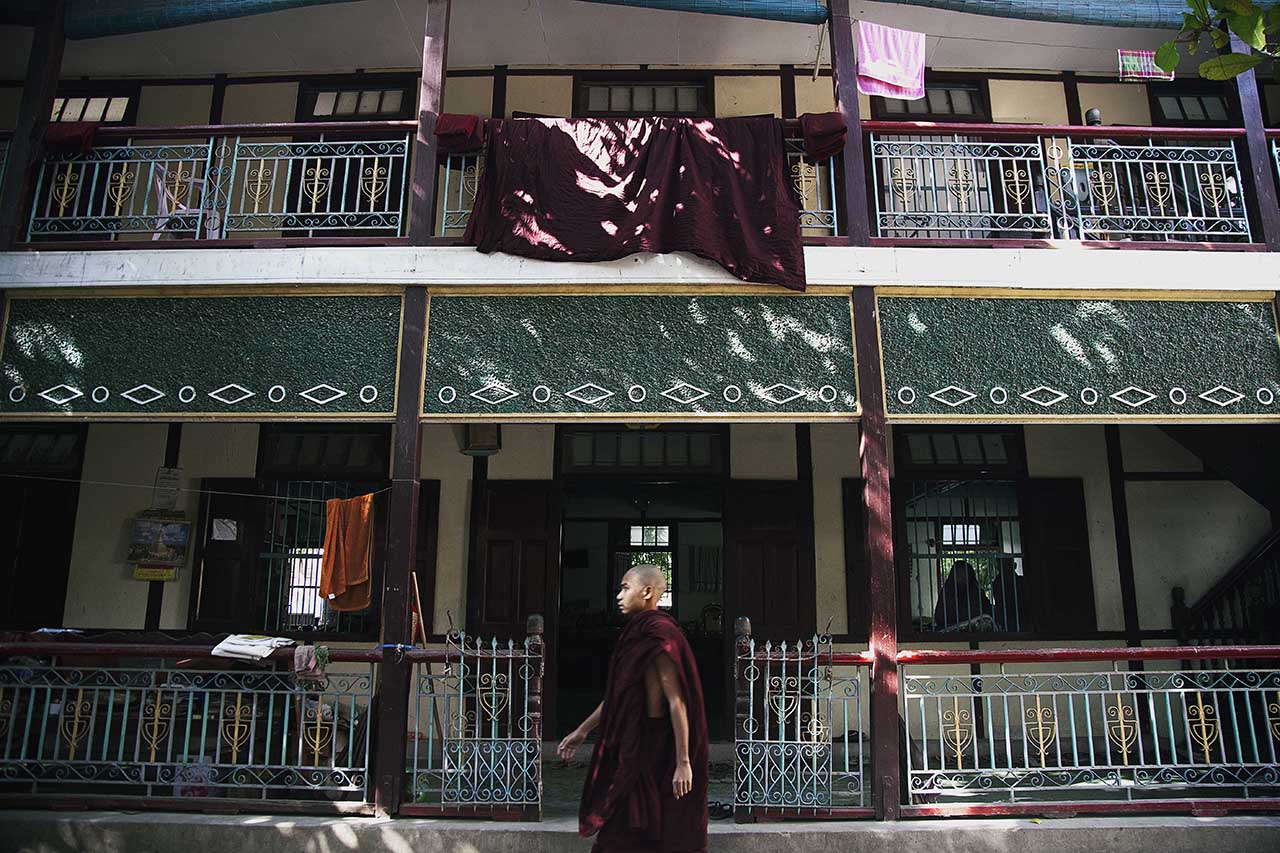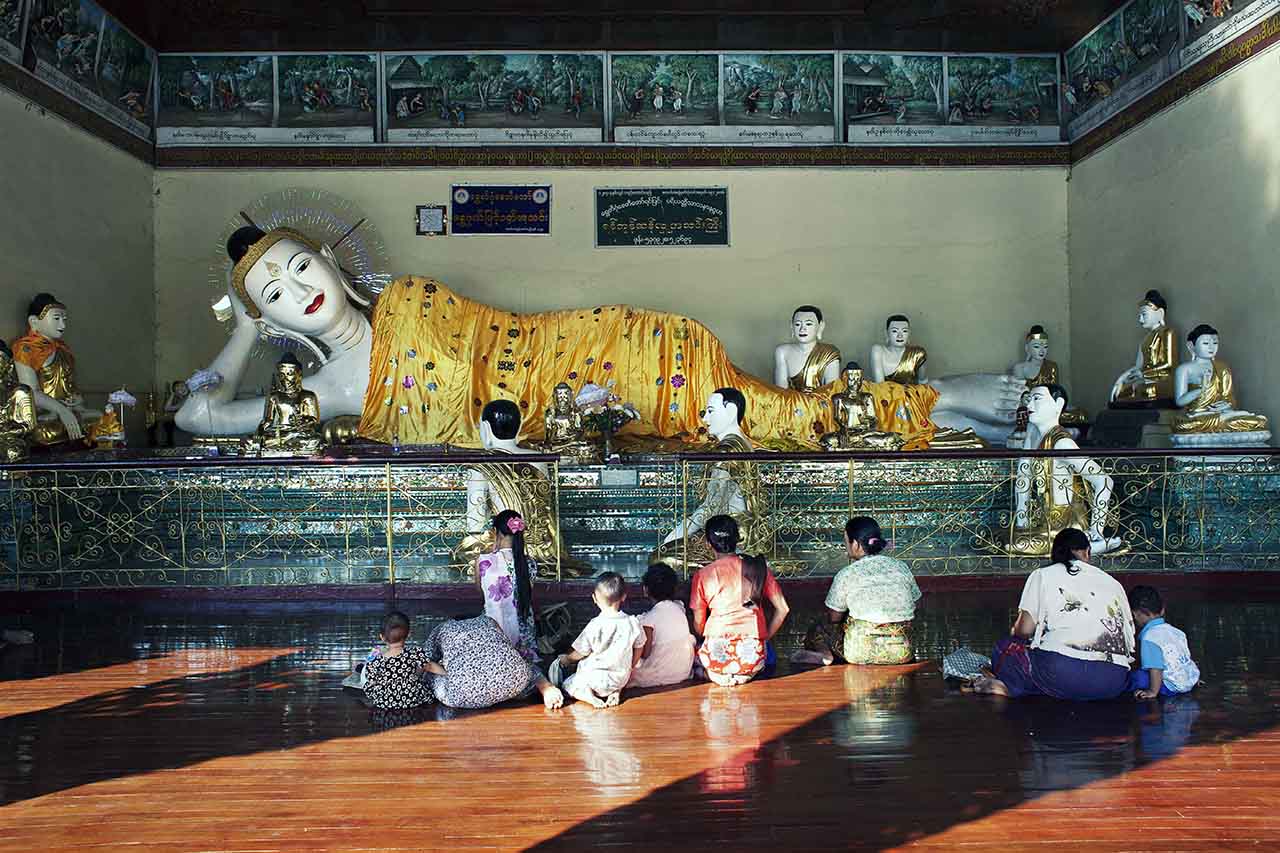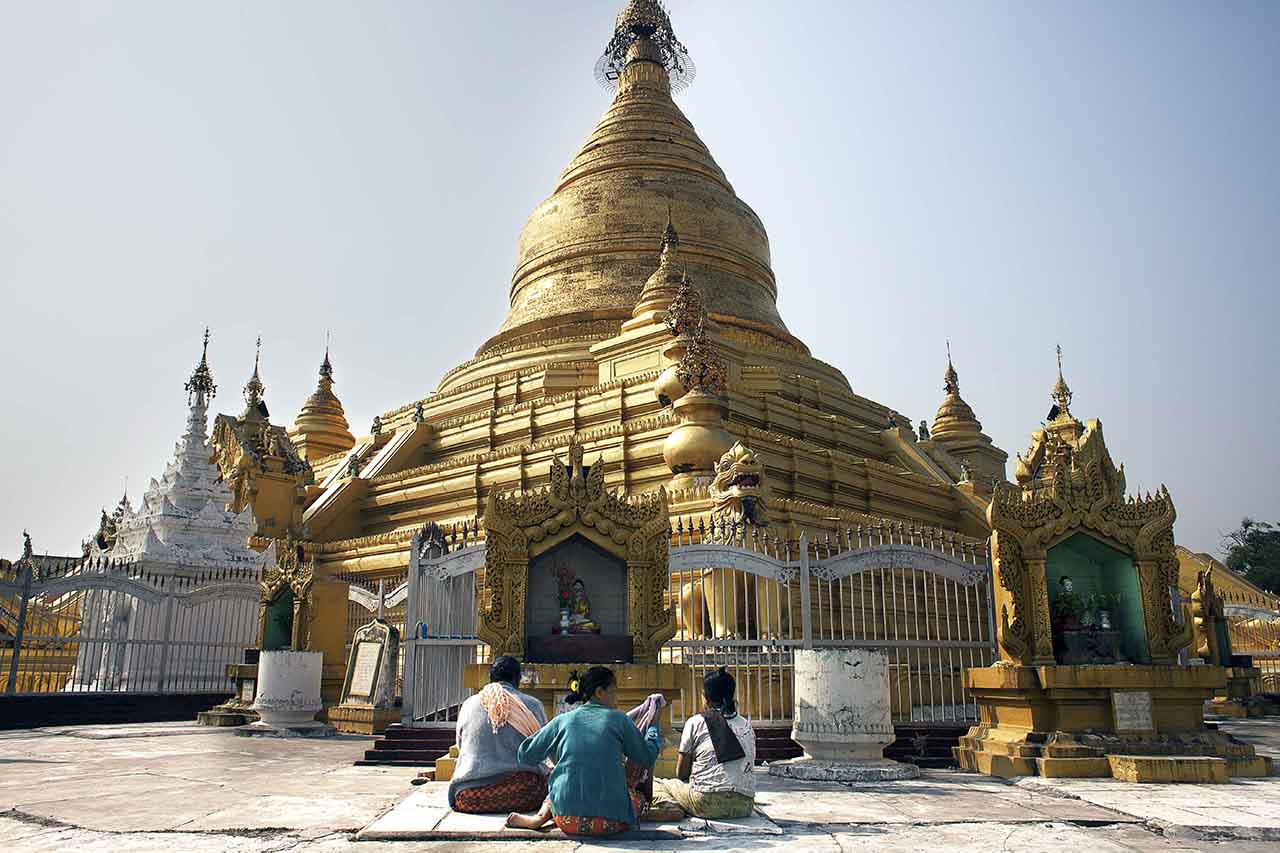* All photos by the author
Traditions still stand strong in Myanmar’s countryside, which has so far been relatively untouched by the outside world. Myanmar is often seen as one of the world’s most isolated nations. Although the Burmese government has eased its 15 year restriction on tourism, the country maintains its ancient traditions. According to an International Religious Freedom Report published in 2011, Myanmar is one of the most religious countries in terms of the proportion of monks compared to the income spent on religion, with almost 90 percent of the population practicing Buddhism.
